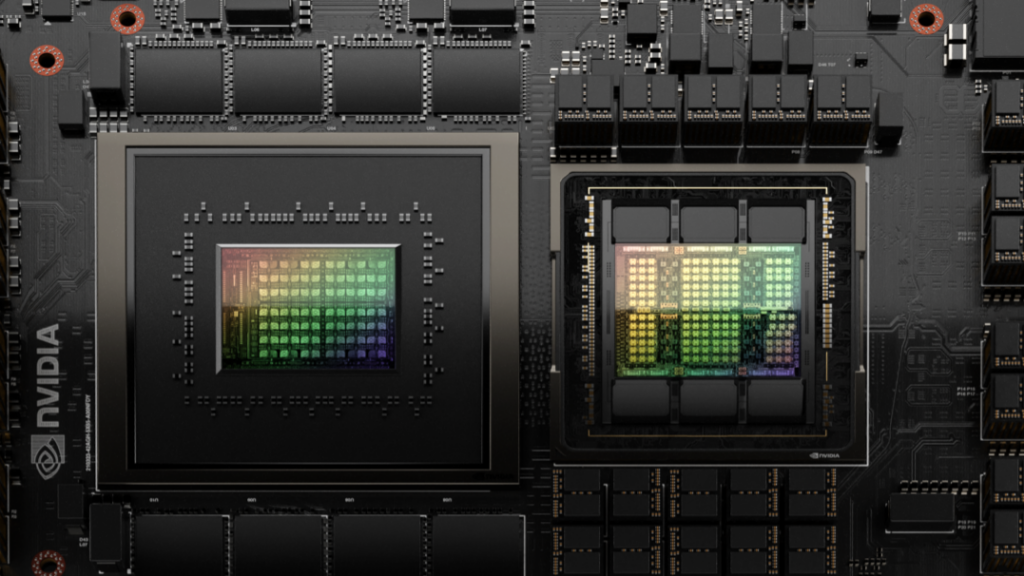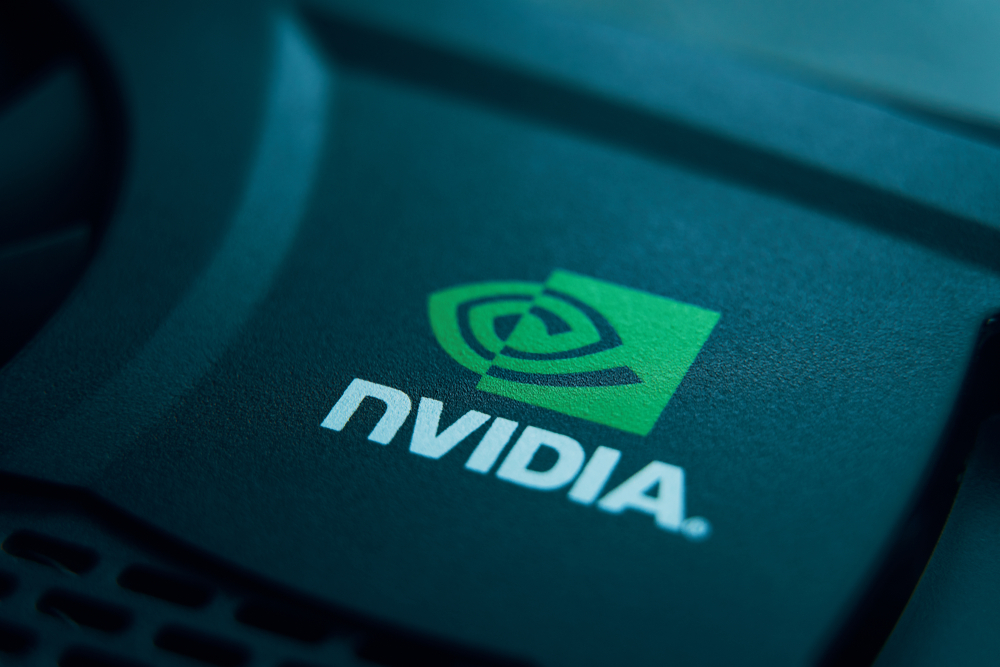Nvidia’s impressive AI product catalog contains everything required to fuel the next generation of computing.
Nvidia CEO Jensen Huang’s tour of Taiwan culminated in Computex 2023, where Nvidia discussed a grand total of 8 different products and services spanning the Omniverse, generative AI, next-gen computing, and IoT.
Huang, who walked the stage in his trademark black leather jacket, said, “It’s too much,” “I know it’s too much.”
The company is full throttle in the race to AI supremacy after an immense $184 billion rally this month, bringing its market value ever closer to the elusive $1 trillion mark.
Let’s take a closer look at some of Nvidia’s announcements and demos.
Nvidia’s AI product lineup
Nvidia’s line-up features technology built with their Omniverse services, such as Isaac Sim, which enables companies to build fully virtualized simulation and training environments for robots.
They also discussed new hardware, such as the NVIDIA HGX H100 AI supercomputer and Nvidia Grace Hopper, an “AI super chip” built for “giant scale” AI operations.

Here are all 8 products Nvidia discussed at Computex:
- ACE for gaming: Generative AI for video game characters.
- The HGX H100: Powerful end-to-end AI supercomputing platform.
- GenAI powered by NVIDIA Grace Hopper: Platform for 3D video calling and 5G communications.
- AI and Omniverse for digital advertising: Generative AI-enabled advertising content engine built on Omniverse Cloud in collaboration with WPP.
- AI and Omniverse for industrial digitalization: Digital AI smart factories with Isaac Sim, in collaboration with Pegatron.
- AI robots for quality inspection: An AI quality control robot developed in Isaac Sim powered by Omniverse in collaboration with Techman.
- Isaac AMR: End-to-end platform for developing next-generation autonomous mobile robots (AMRs).
- Spectrum-X platform: First ethernet communication fabric built for AI, speeds up network connections between AI devices.
Nvidia ACE brings gaming into the future
The product which undoubtedly caused the greatest stir was the Omniverse Avatar Cloud Engine (ACE).
Nvidia ACE uses generative AI to enable real-time conversation with video characters or NPCs.
Instead of manually clicking through dialogue options, you can use voice control to interact with characters, who will reply with life-like speech. In other words, you literally talk to the characters. Combined with virtual reality (VR), this could be the jump required to propel gaming into the metaverse.
Nvidia demoed an interaction with a ramen shop owner in a cyberpunk setting.
Here’s the dialogue:
Player (Kai): Hey Jin, how are you?
Jin: Unfortunately, not so good.
Player: How come?
Jin: I am worried about the crime around here. It’s gotten bad lately. My ramen shop got caught in the crossfire.
Player: Can I help?
Jin: If you want to do something about this, I have heard rumors that the powerful crime lord Kumon Aoki is causing all kinds of chaos in the city. He may be the root of this violence.
Player: I’ll talk to him, where can I find him?
Jin: I have heard he hangs out in the underground fight clubs on the city’s east side. Try there.
Player: OK, I’ll go.
Jin: Be careful, Kai.
The Nvidia ACE suite incorporates the NeMo generative AI framework with a text-to-speech toolkit which turns text generated with language models into life-like speech output by the NPC.
Another impressive element of the demo is the lifelike synchronization of speech to the NPC’s lips and facial expressions, which uses Omniverse Audio2Face.
Audio2Face will feature in S.T.A.L.K.E.R. 2 Heart of Chernobyl and Fort Solis, both scheduled for release in 2023.
The video game industry reacts
The gaming industry intersects coding, art, and other creative disciplines, which are all vulnerable to AI replacement.
From plot development to voice acting and, soon, DevOps and animation, AI’s purge of jobs in the gaming sector is already in motion.
Nvidia’s Omniverse animation models will soon replace voice and 3D artists, and once the back end of video game design is automated, game development could be a matter of stringing a few models together.
The situation mirrors current events in the US film and TV industry. First, AI begins to replace the most vulnerable jobs, such as writers and artists. Then, everyone else realizes they’re not as secure as they assumed.
In a previous speech to the Taiwan National University, Huang encapsulated the dog-eat-dog post-AI job market; “Either you are running for food, or you are running from becoming food.”
Nvidia’s massive suite of AI tools and generative projects leaves few places to hide, but there’s no doubt this is an incredibly impressive technology stack. Computex made Nvidia’s intentions clear – they intend to expand in virtually every AI technology niche possible. And in their current position, they have the financial clout to take the company in whatever direction they choose.
Huang’s tone wasn’t to err on the side of caution, as has been the trend with other AI leaders in May. Nvidia is relentless – it’s filling some with dread and others with intrepid excitement.





